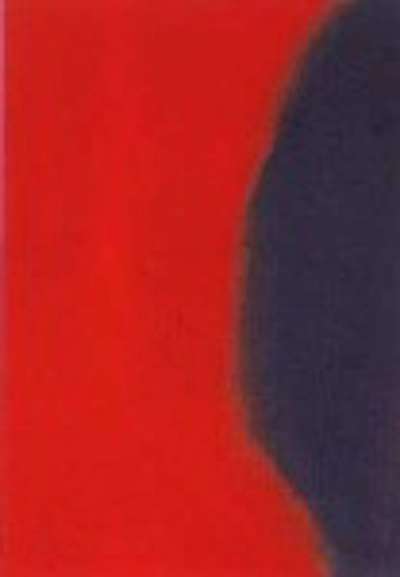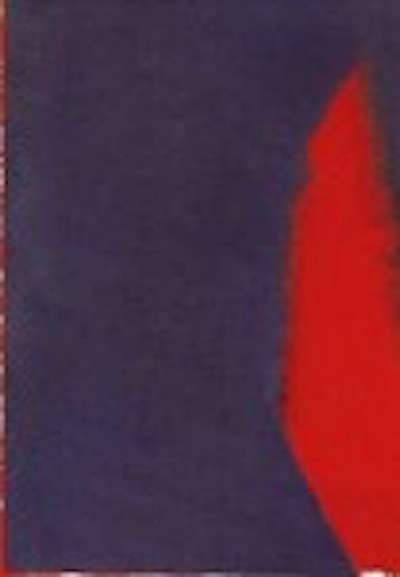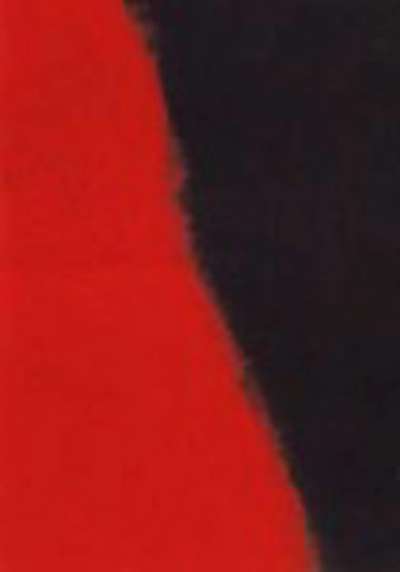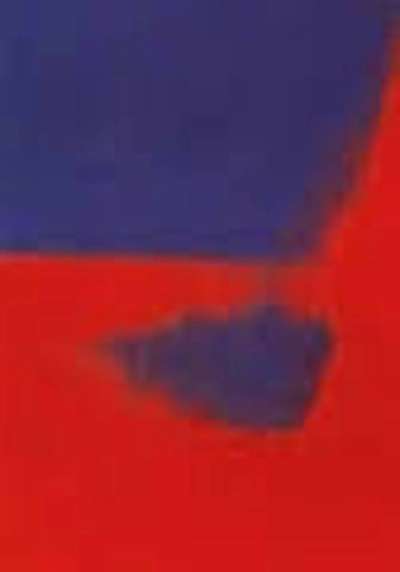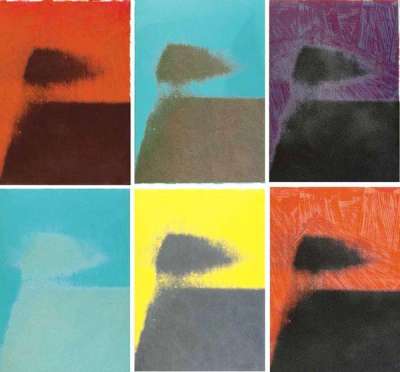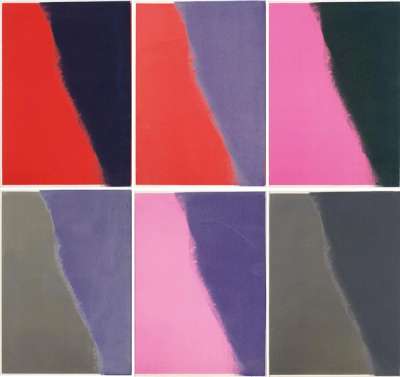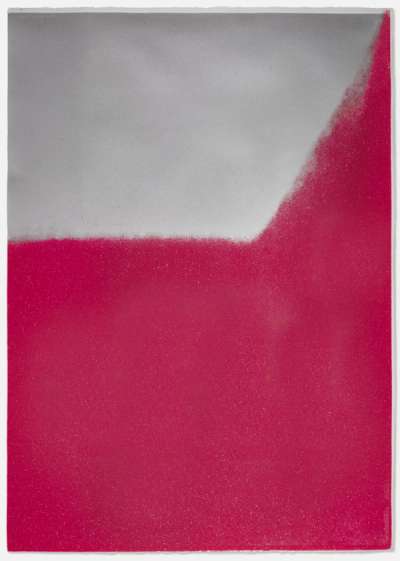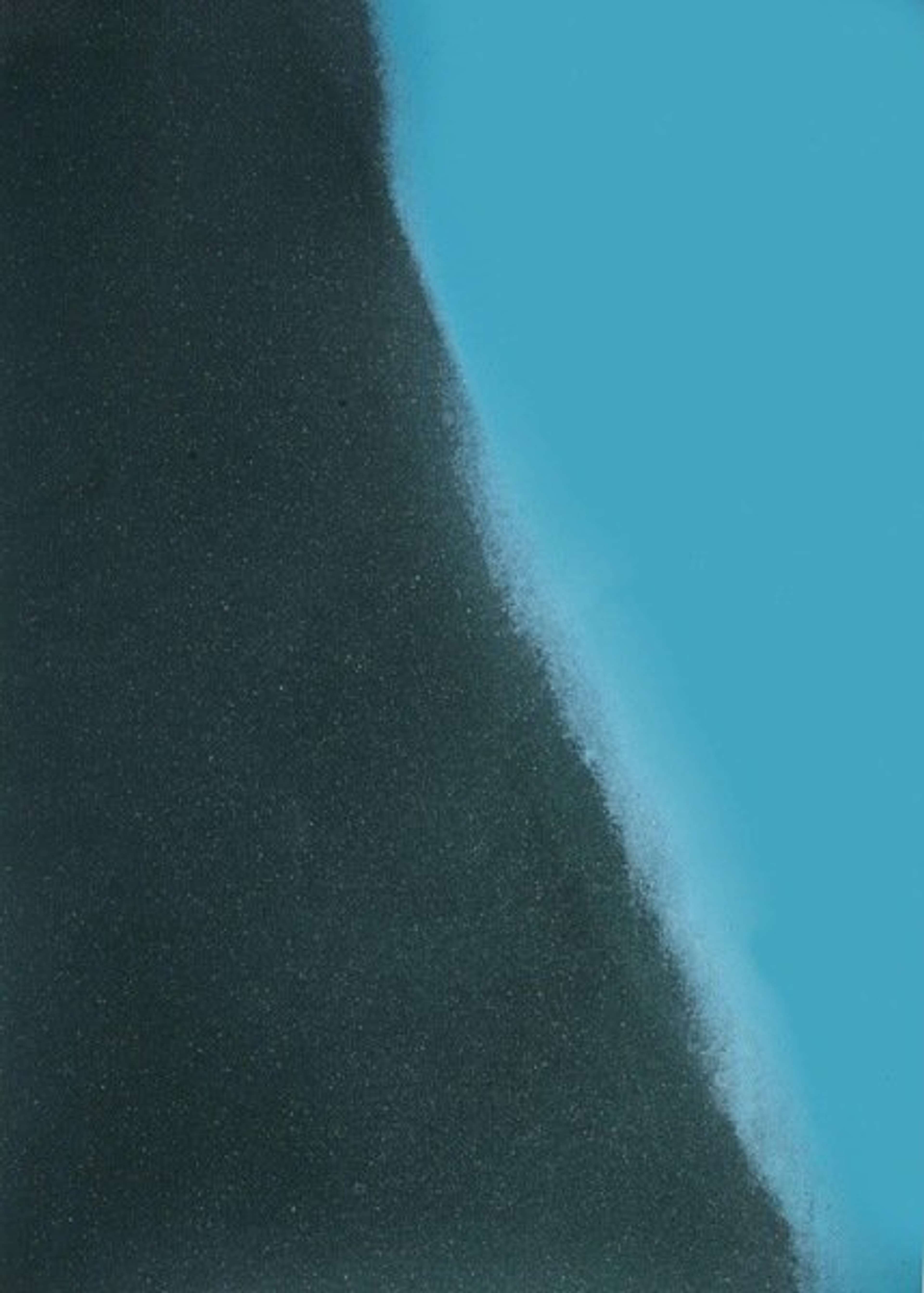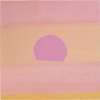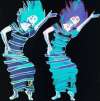Shadows
From the latter half of Andy Warhol’s career, his series of Shadows (1979) prints, after his 1978 paintings, is worlds away from his representational portraits of celebrities; as a vehicle to experiment with texture and abstract composition, he creates large, indistinct shapes that ‘blot out’ the background.
Andy Warhol Shadows for sale
Sell Your Art
with Us
with Us
Join Our Network of Collectors. Buy, Sell and Track Demand
Meaning & Analysis
Warhol’s Shadows marked a significant departure from the visual cultural images associated with commodities and celebrity imagery from the 1960s such as the Campbell’s Soup series, and Marilyn. Instead Warhol focused on the form of severely blurred abstraction. The body of work synthesises key elements of Warhol’s practice, including film, painting, photography and screen printing.
In 1978 Warhol, aged 50, painted 102 paintings repeatedly looking at an unidentifiable mysterious source of hazy abstract shadow and juxtaposed the dark with contrasting light and colour. The backgrounds of the Shadows paintings were painted with a sponge mop, leaving streaks, trails and thickness inconsistencies. These paintings were exhibited at the Heiner Friedrich Gallery in 1979 and each canvas curated sitting snuggly next to each other as though they were all linked to be one artwork and creating an immersive experience.
The Shadows prints series was published the same year as the Heiner Friedrich Gallery exhibition - the five portfolios include Shadows I, Shadows II, Shadows III, Shadows IV and Shadows V. This was one of few abstract studies produced by Warhol using prints as the medium, other examples are Sunset and Camouflage.
Each portfolio comprised of a unique set of screen prints printed in colour with diamond dust on Arches 88 paper which were printed and published in small print runs. Warhol published Shadows under his own name in collaboration with his trusted printer Rupert Jasen Smith. Although the prints were a direct continuation of the paintings, Warhol took the theme of shadows to the next level by producing a more delicate contrast in colour and experimented by adding the element of brush marks as well as diamond dust to the top of the surface of the screen prints.
This was the second time that Warhol published a major body of work with diamond dust. The first time had been with Grapes where he included the diamond dust in the appendix page. The significance of what he managed to achieve in Shadows by layering it on top of the screen prints meant that he could compliment the subject of light and shadow using a material which captured just what he was trying to literally present in abstract form. This was a technique which he would often tweak and develop with the diamond texture, transitioning from using fine diamond and or glass particles to a coarser crushed consistency. From this point onwards and Warhol developed a look of layering on top of screen prints in many print runs.

